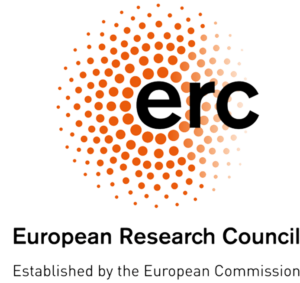The materials that are commonly considered for magnetocaloric applications are represented by the element Gd and by the La(Fe,Si)13H, Fe2P and Heusler families. Prerequisites for a good material are classically a sharp phase transition with large magnetization change between the involved phases and a narrow thermal hysteresis. The primary properties that need to be optimized for a good magnetocaloric performance are the isothermal entropy change and the adiabatic temperature change. In addition, also secondary properties like thermal conductivity, processability, long term chemical and functional stability and price are of significant importance for the material and device development.

For our newly developed approach of the multi-stimuli cooling cycle, a new perspective is emerging for the optimization of the caloric material. With excellent magnetocaloric and shape-memory properties, we focus on the family of Heusler alloys. Even though these Heusler alloys show a very large magnetocaloric effect, they are not used in demonstrator devices. This is because typically a magnetic field of only 1 Tesla or less can be created using permanent magnets, which is too small to complete the hysteretic transformation in a cyclic manner. By using the second stimuli of pressure, this drawback can be overcome and Heusler alloys actually become very attractive candidate materials.
By substituting elements on different lattice sites and developing new materials with the help of ab-initio calculations, the materials are optimized towards an application in the multi-stimuli cooling cycle. Therefore, a good magnetocaloric effect needs now to be coupled with an excellent response to external pressure and mechanical as well as functional stability. Ultimately, the materials development of the Cool Innov project aims at excellent novel multicaloric materials that also fulfill the secondary properties towards an efficient use in a multi-stimuli cooling cycle. In addition, these materials should be based on available resources without using expensive rare earth and critical metals in order to set the base for a new competitive and energy efficient cooling technology.
1T. Gottschall et. al, Making a Cool Choice: The Materials Library of Magnetic Refrigeration, Advanced Energy Materials (2019), https://doi.org/10.1002/aenm.201901322



